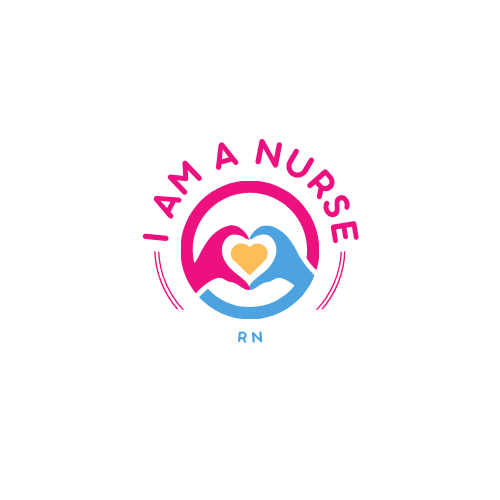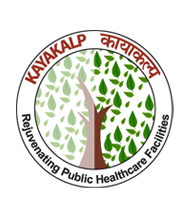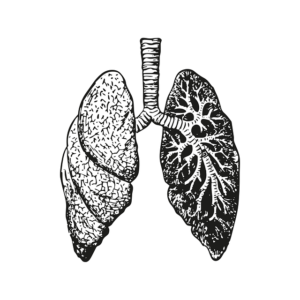## Introduction
In 2014, the Government of India launched the “Swachh Bharat Abhiyan” (Clean India Campaign) to promote cleanliness and hygiene in public spaces. As an extension of this initiative, the Ministry of Health and Family Welfare introduced the “Kayakalp Award Scheme” in May 2015. The primary aim of the Kayakalp initiative is to improve and promote cleanliness, hygiene, waste management, and infection control practices in public healthcare facilities across the country.
Objectives of Kayakalp Scheme
The Kayakalp Scheme has three main objectives:
- Inculcate a culture of ongoing assessment and peer review of performance related to hygiene, sanitation, and infection control.
- Incentivize and recognize public healthcare facilities that demonstrate exemplary performance in adhering to standard protocols of cleanliness, infection control, and sanitation.
- Create and share sustainable practices to improve cleanliness in public health facilities and achieve positive health outcomes.
Implementation of Kayakalp
Since its launch, all states in India have enthusiastically participated in the Kayakalp Scheme. The scheme has successfully promoted cleanliness and hygiene in public health facilities. However, through peer reviews and external assessments, it was observed that awareness levels regarding closure of gaps in Kayakalp’s thematic areas were inadequate at the facility level.
To address this issue, the Ministry of Health and Family Welfare developed “Guidelines for Implementing Kayakalp” as an implementation tool and enabler document. These guidelines provide solutions to identified problems and are primarily targeted at secondary care public hospitals adhering to Indian Public Health Standards (IPHS) guidelines. However, they can also be adapted for primary healthcare and tertiary care hospitals.
Thematic Areas of Kayakalp
The Kayakalp guidelines are divided into seven thematic areas:
- Hospital Upkeep
- Sanitation and Hygiene
- Waste Management
- Infection Control
- Hospital Support Services
- Hygiene Promotion
- Beyond Hospital Boundaries
Each thematic area is further detailed with specific criteria and checkpoints to help healthcare facilities improve their cleanliness, hygiene, and infection control practices.
Key Components of Kayakalp Guidelines
The guidelines focus on various aspects related to maintaining cleanliness and hygiene in healthcare facilities. Some of the key components include:
1. Hospital Upkeep
- Strengthening and streamlining infrastructure maintenance.
- Development of suitable policies for housekeeping services.
- Pest control measures.
- Water sanitation.
2. Sanitation and Hygiene
- Selection and training of manpower for maintaining sanitation and hygiene.
- Development and implementation of suitable cleaning methods and protocols.
- Effective supervision and monitoring of cleanliness practices.
- In-built mechanisms in contracts to prioritize good housekeeping and sanitation.
3. Waste Management
- Proper waste segregation, collection, and disposal.
- Adherence to waste management protocols.
- Ensuring the availability of appropriate waste disposal facilities.
- Monitoring of waste management practices.
4. Infection Control
- Implementation of infection control measures.
- Monitoring infection rates and activities.
- Adequate training of healthcare workers in infection control practices.
- Use of standard precautions for the protection of healthcare workers.
5. Hospital Support Services
- Maintenance of support services like laundry, kitchen, and biomedical waste management.
- Ensuring proper functioning of medical equipment.
- Regular maintenance of hospital premises.
- Effective management of hospital utilities.
6. Hygiene Promotion
- Promoting hygiene practices among healthcare workers, patients, and visitors.
- Conducting hygiene awareness campaigns and training programs.
- Encouraging the use of hand hygiene practices.
- Creating a culture of cleanliness and hygiene in healthcare facilities.
7. Beyond Hospital Boundaries
- Extending cleanliness and hygiene practices to the surrounding community.
- Collaboration with local authorities and community organizations.
- Creating awareness about sanitation and hygiene in the community.
- Promoting behavioral change towards cleanliness and hygiene.
Impact of Kayakalp Initiative
The Kayakalp initiative has had a significant impact on improving cleanliness, hygiene, and infection control practices in public healthcare facilities. Through ongoing assessment and peer review, facilities have been able to identify and address gaps in their practices. The incentivization and recognition provided by the Kayakalp awards have motivated healthcare facilities to strive for excellence in cleanliness and hygiene.
Resource management and capacity building, guided by public health professionals, have played a crucial role in the success of the Kayakalp initiative. Collaboration between public health specialists and other medical professionals, such as medical officers, field workers, and sanitary inspectors, has helped overcome challenges and barriers.
Conclusion
The Kayakalp initiative in India has been instrumental in promoting cleanliness, hygiene, and infection control practices in public healthcare facilities. Through ongoing assessment, peer review, and recognition, healthcare facilities have improved their standards of cleanliness and hygiene. The guidelines provided by the Ministry of Health and Family Welfare have served as a practical tool for implementing the Kayakalp Scheme and achieving high scores in assessments.
By adopting the Kayakalp initiative’s principles, India is moving towards a healthier and cleaner healthcare system. The continued efforts and commitment of healthcare professionals, supported by the government, will ensure that public health facilities maintain high standards of cleanliness and hygiene, ultimately leading to better health outcomes for all.



